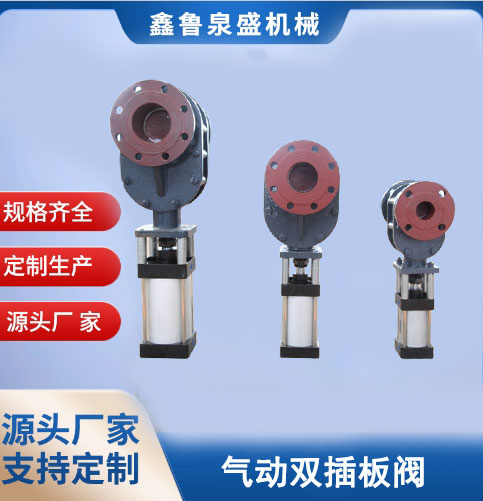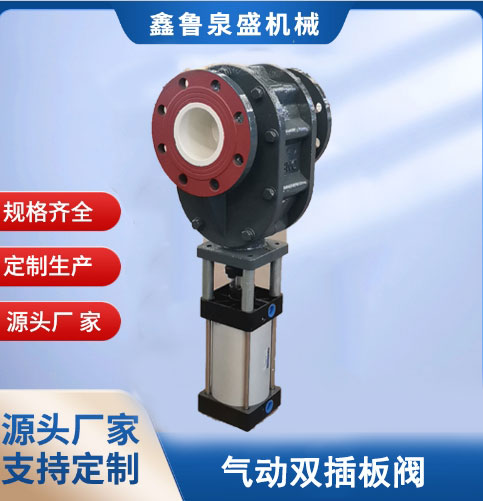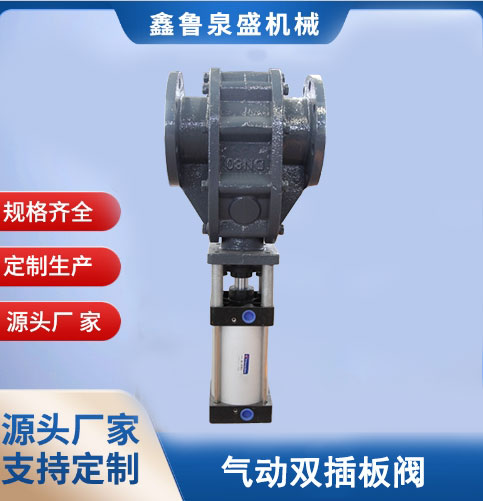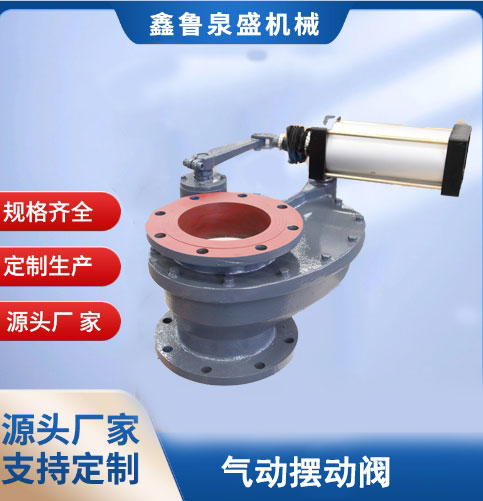 濟(jì)南鑫魯泉盛機(jī)械設(shè)備有限公司
濟(jì)南鑫魯泉盛機(jī)械設(shè)備有限公司
服務(wù)熱線:15662735099
聯(lián)系地址:山東章丘棗園經(jīng)濟(jì)開發(fā)區(qū)
倉泵在氣力輸送系統(tǒng)中的核心作用解析
倉泵是氣力輸送系統(tǒng)的核心設(shè)備
The bin pump is the core equipment of the pneumatic conveying system, which plays a crucial role in material storage, fluidization formation, pressure control, and ensuring conveying stability. Driven by compressed air, the bin pump can efficiently transport powdered or granular materials to designated locations, and is widely used in industries such as power, chemical, building materials, and food. The following provides a detailed analysis of the core value of bin pumps in pneumatic conveying from the perspectives of technical principles and practical applications.
物料儲存與供給的“中轉(zhuǎn)站”
Transfer station for material storage and supply
倉泵的泵體作為壓力容器
The pump body of the warehouse pump serves as a pressure vessel, and its primary function is to safely store the materials to be transported. Its structural design needs to balance wear resistance and fatigue resistance to withstand long-term erosion from materials and airflow. For example, in the cement industry, warehouse pumps need to store high hardness materials, and the inner wall of the pump body is often coated with special alloy to extend its service life. After the material enters the pump body through the feed valve, the level gauge monitors the inventory in real time. When the preset height is reached, the feed valve automatically closes to ensure precise control of the conveying volume. This automated design reduces manual intervention and improves production efficiency.
流態(tài)化技術(shù)的“實(shí)現(xiàn)者”
The 'implementer' of fluidization technology
倉泵的核心技術(shù)在于通過流態(tài)化裝置將物料轉(zhuǎn)化為類流體狀態(tài)
The core technology of a silo pump is to convert materials into a fluid like state through a fluidized bed device. Compressed air is uniformly injected from the fluidized bed or nozzle at the bottom of the pump body, thoroughly mixed with the material, and reduces the friction between material particles. For example, when transporting coal powder, fluidization technology can make the coal powder present a "boiling" state, improve fluidity, and thereby reduce the risk of pipeline blockage. The fluidization effect depends on the uniformity of airflow distribution. Modern bin pumps often use porous fluidization plates to ensure that air penetrates into the bottom of the material in the form of small bubbles, achieving efficient fluidization.
壓力控制的“調(diào)節(jié)器”
Pressure control regulator
倉泵通過壓縮空氣建立輸送所需壓力差
。進(jìn)料完成后,進(jìn)氣閥開啟,壓縮空氣進(jìn)入泵體,使內(nèi)部壓力逐步升高。當(dāng)壓力達(dá)到設(shè)定值時(shí),出料閥自動(dòng)打開,物料在氣壓差作用下沿管道輸送。例如,在化工原料輸送中,倉泵需精確控制壓力以避免物料分解,其壓力傳感器可實(shí)時(shí)反饋數(shù)據(jù)至控制系統(tǒng),實(shí)現(xiàn)壓力的動(dòng)態(tài)調(diào)整。此外,倉泵的快速啟閉閥設(shè)計(jì)使壓力建立時(shí)間縮短,提高了系統(tǒng)響應(yīng)速度The warehouse pump establishes the required pressure difference for transportation through compressed air. After the feeding is completed, the intake valve opens and compressed air enters the pump body, gradually increasing the internal pressure. When the pressure reaches the set value, the discharge valve automatically opens, and the material is transported along the pipeline under the pressure difference. For example, in the transportation of chemical raw materials, the warehouse pump needs to accurately control the pressure to avoid material decomposition, and its pressure sensor can provide real-time feedback data to the control system to achieve dynamic pressure adjustment. In addition, the rapid opening and closing valve design of the warehouse pump shortens the pressure establishment time and improves the system response speed.

輸送穩(wěn)定性的“保障者”
The 'guarantor' of transportation stability
倉泵通過多重機(jī)制確保輸送過程的連續(xù)性
The warehouse pump ensures the continuity of the conveying process through multiple mechanisms. In the transportation of fly ash in the power industry, the bin pump is equipped with an anti blocking device. When the pipeline pressure is abnormal, the system automatically triggers a pulse airflow to clear the blockage. Meanwhile, the control system of the warehouse pump can monitor parameters such as material flow rate and pressure fluctuations, and predict potential faults through algorithms. For example, when a cement plant used a bin pump to transport raw materials, the system adjusted the air flow speed in advance by analyzing historical data, so as to avoid blockage caused by material humidity changes. In addition, the modular design of the warehouse pump is easy to maintain, and key components such as fluidization plates and seals can be quickly replaced, reducing downtime.
行業(yè)應(yīng)用的“多面手”
A versatile expert in industry applications
倉泵的適應(yīng)性使其成為多行業(yè)首選的輸送設(shè)備。在食品行業(yè)
,倉泵用于輸送奶粉、淀粉等易潮解物料,其不銹鋼泵體與食品級密封件確保了衛(wèi)生標(biāo)準(zhǔn)。在冶金行業(yè),倉泵需承受高溫物料沖擊,其耐熱涂層與冷卻系統(tǒng)保障了設(shè)備穩(wěn)定運(yùn)行。此外,倉泵還可通過定制化設(shè)計(jì)滿足特殊需求,如防爆型倉泵用于化工?div id="4qifd00" class="flower right">The adaptability of the silo pump makes it the preferred conveying equipment for multiple industries. In the food industry, warehouse pumps are used to transport perishable materials such as milk powder and starch, and their stainless steel pump bodies and food grade seals ensure hygiene standards. In the metallurgical industry, warehouse pumps need to withstand the impact of high-temperature materials, and their heat-resistant coatings and cooling systems ensure stable operation of the equipment. In addition, the warehouse pump can also meet special needs through customized design, such as explosion-proof warehouse pumps used for transporting chemical hazardous materials, and vacuum warehouse pumps used for handling easily oxidizable materials.
倉泵通過物料儲存
、流態(tài)化、壓力控制及穩(wěn)定性保障等功能,實(shí)現(xiàn)了氣力輸送系統(tǒng)的高效運(yùn)行。隨著技術(shù)進(jìn)步,倉泵的智能化水平持續(xù)提升,如集成物聯(lián)網(wǎng)模塊實(shí)現(xiàn)遠(yuǎn)程監(jiān)控,或采用人工智能算法優(yōu)化輸送參數(shù)。這些創(chuàng)新將進(jìn)一步拓展倉泵的應(yīng)用場景,為工業(yè)生產(chǎn)提供更可靠的物料輸送解決方案。The warehouse pump achieves efficient operation of the pneumatic conveying system through functions such as material storage, fluidization, pressure control, and stability assurance. With the advancement of technology, the intelligence level of warehouse pumps continues to improve, such as integrating IoT modules for remote monitoring or using artificial intelligence algorithms to optimize conveying parameters. These innovations will further expand the application scenarios of warehouse pumps and provide more reliable material transportation solutions for industrial production.
本文由倉泵友情奉獻(xiàn).更多有關(guān)的知識請點(diǎn)擊:http://www.513951.com我們將會對您提出的疑問進(jìn)行詳細(xì)的解答
,歡迎您登錄網(wǎng)站留言.This article is a friendly contribution from the pneumatic conveying system For more information, please click: http://www.513951.com We will provide detailed answers to your questions. You are welcome to log in to our website and leave a message
相關(guān)文章 / Recommended news
相關(guān)產(chǎn)品 / Related products
2024 濟(jì)南鑫魯泉盛機(jī)械設(shè)備有限公司 備案號:魯ICP備18012408號-3 魯公網(wǎng)安備37018102000806號



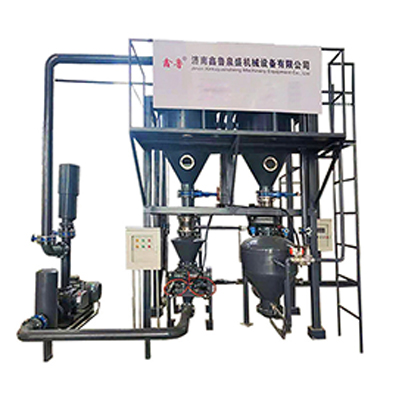 氣力輸送
氣力輸送 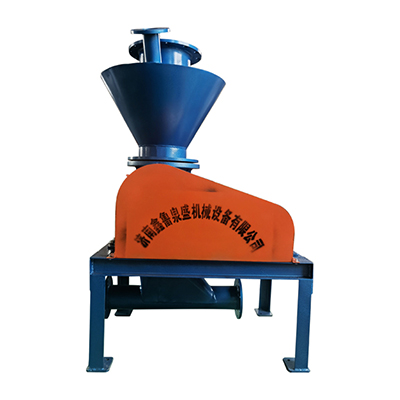 旋轉(zhuǎn)供料器
旋轉(zhuǎn)供料器 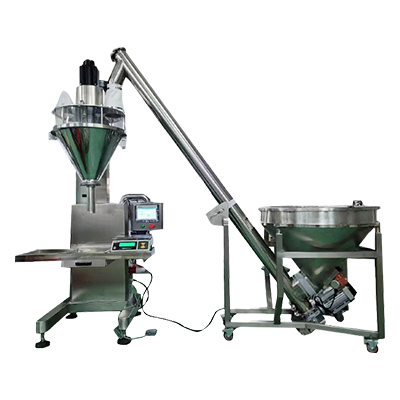 真空上料機(jī)
真空上料機(jī) 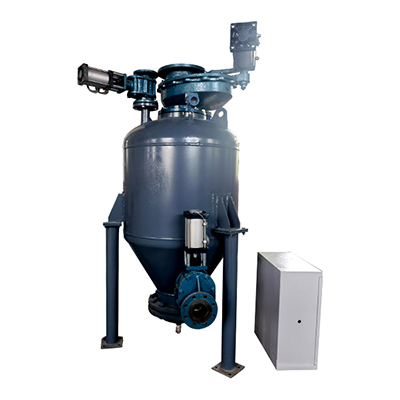 倉泵
倉泵 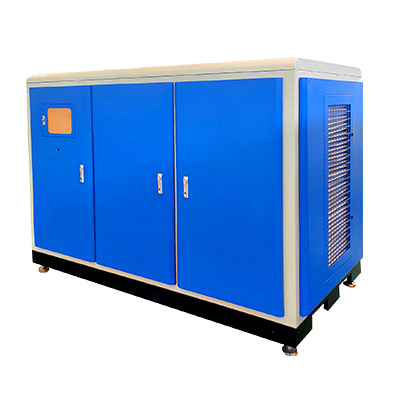 空氣懸浮磁懸浮鼓風(fēng)機(jī)
空氣懸浮磁懸浮鼓風(fēng)機(jī) 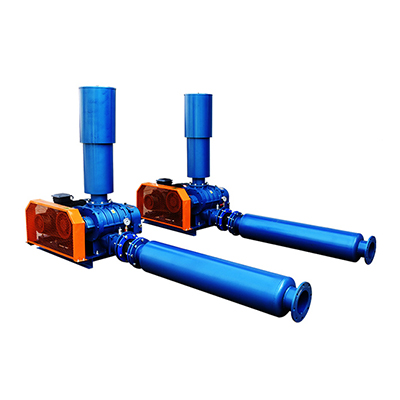 羅茨風(fēng)機(jī)
羅茨風(fēng)機(jī) 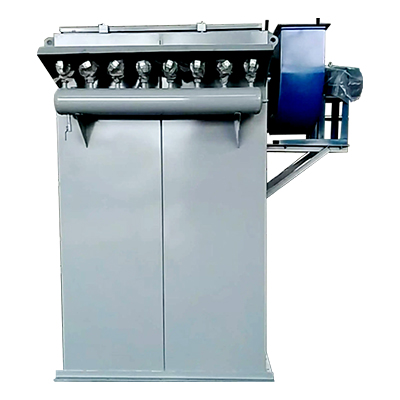 除塵器
除塵器 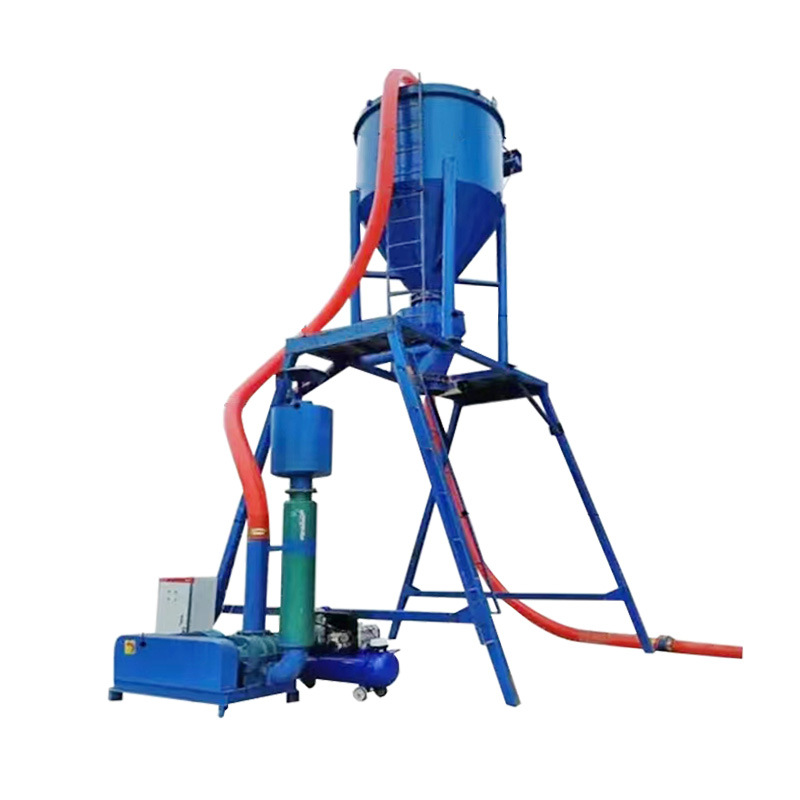 吸灰機(jī)/負(fù)壓除塵系統(tǒng)
吸灰機(jī)/負(fù)壓除塵系統(tǒng) 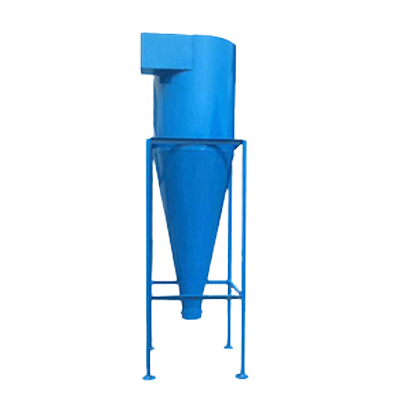 旋風(fēng)除塵器
旋風(fēng)除塵器 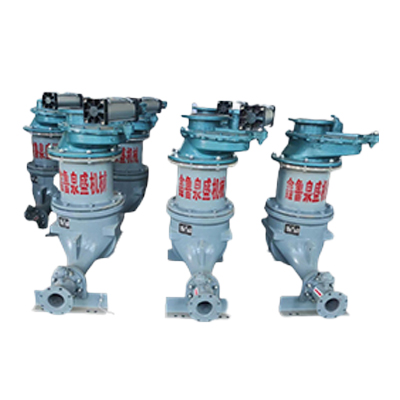 AV泵
AV泵 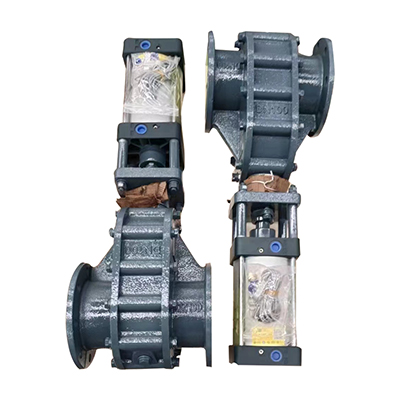 分路閥/氣動(dòng)閥門
分路閥/氣動(dòng)閥門 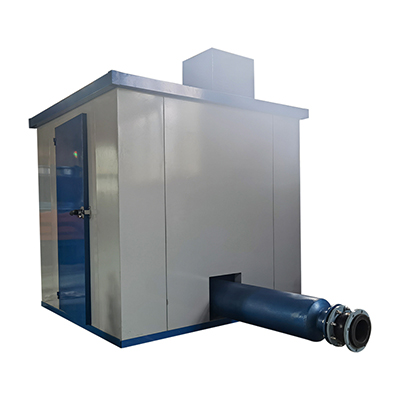 消音房
消音房 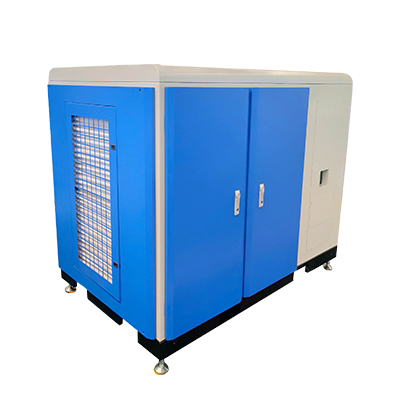 鼓風(fēng)機(jī)
鼓風(fēng)機(jī) 

